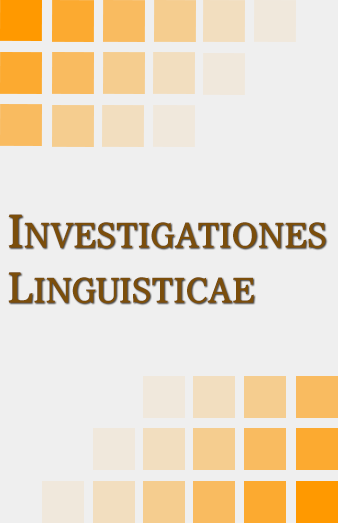The bilingual model of F.H. Donckemann from 1826
The bilingual model of F.H. Donckemann from 1826
Author(s): Svorad ZavarskýSubject(s): Comparative Linguistics
Published by: Uniwersytet Adama Mickiewicza
Keywords: F.H. Donckemann; bilingual model;
Summary/Abstract: This article highlights the relationship between Neo-Latin Philology and Esperantology. Both these disciplines focus on a language that is non-native, international, and used in many different contexts. The benefit of Neo-Latin Philology for Esperantology can be expressed through the saying historia magistra vitae (history is life’s teacher), while, vice versa, Esperantology can fulfill its role in relation to Neo-Latin Philology in that it functions according to a modified version of this saying—namely, vita interpres historiae (life is history’s interpreter). More specifically, this article deals with the tract entitled Commentatio de hodierno linguae Latinae usu in litteris doctrinisque tradendis (A Commentary on the Use of the Latin Language in Scholarship and Education) which was written by F. H.L. Donckermann in 1826. In it, the author considers the advantages and disadvantiges of the use of vernacular languages in education and science, and he comes to the conclusion that a common international language, which for him is Latin, is necessary. Finally, he proposes a bilingual, Latin-vernacular model, while at the same time discussing the means through which this model could be continually maintained. The ideas and proposals of Donckermann correspond admirably to later development within the Esperanto community.
Journal: Investigationes Linguisticae
- Issue Year: 2022
- Issue No: 46
- Page Range: 34-42
- Page Count: 9
- Language: Esperanto

